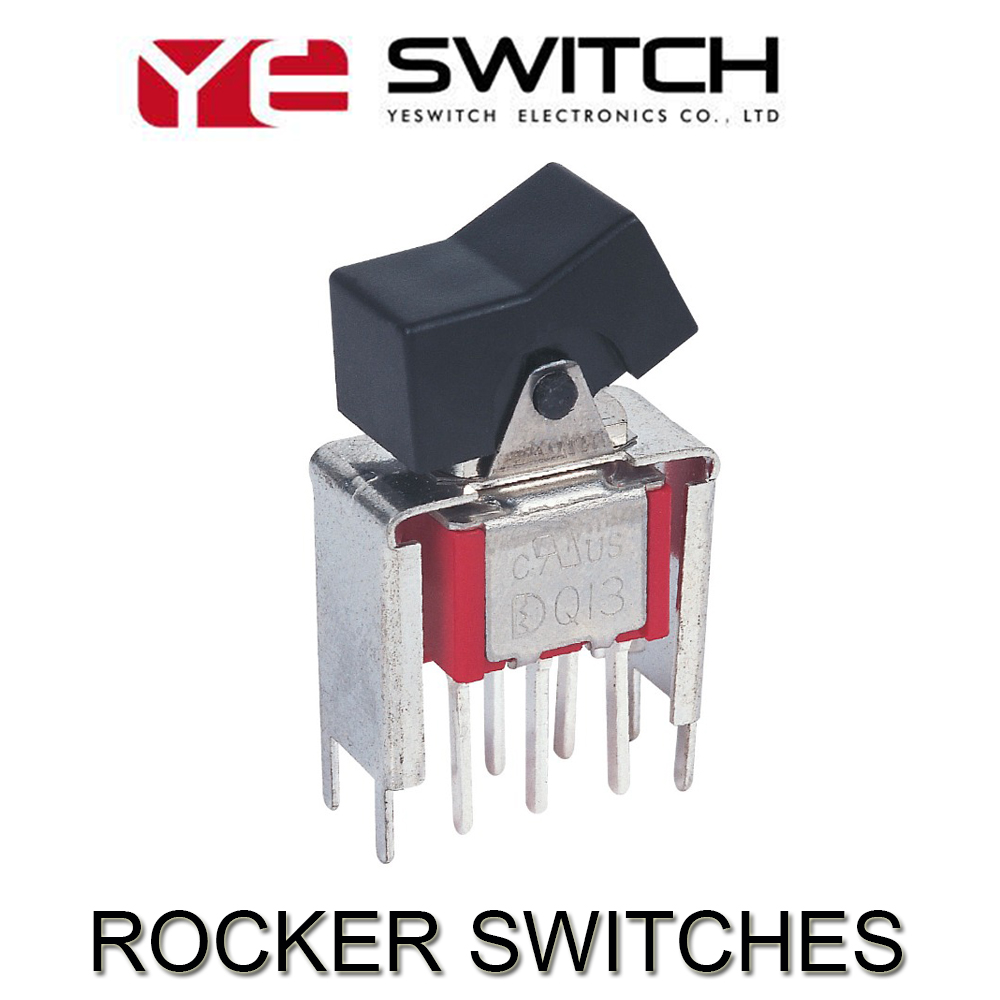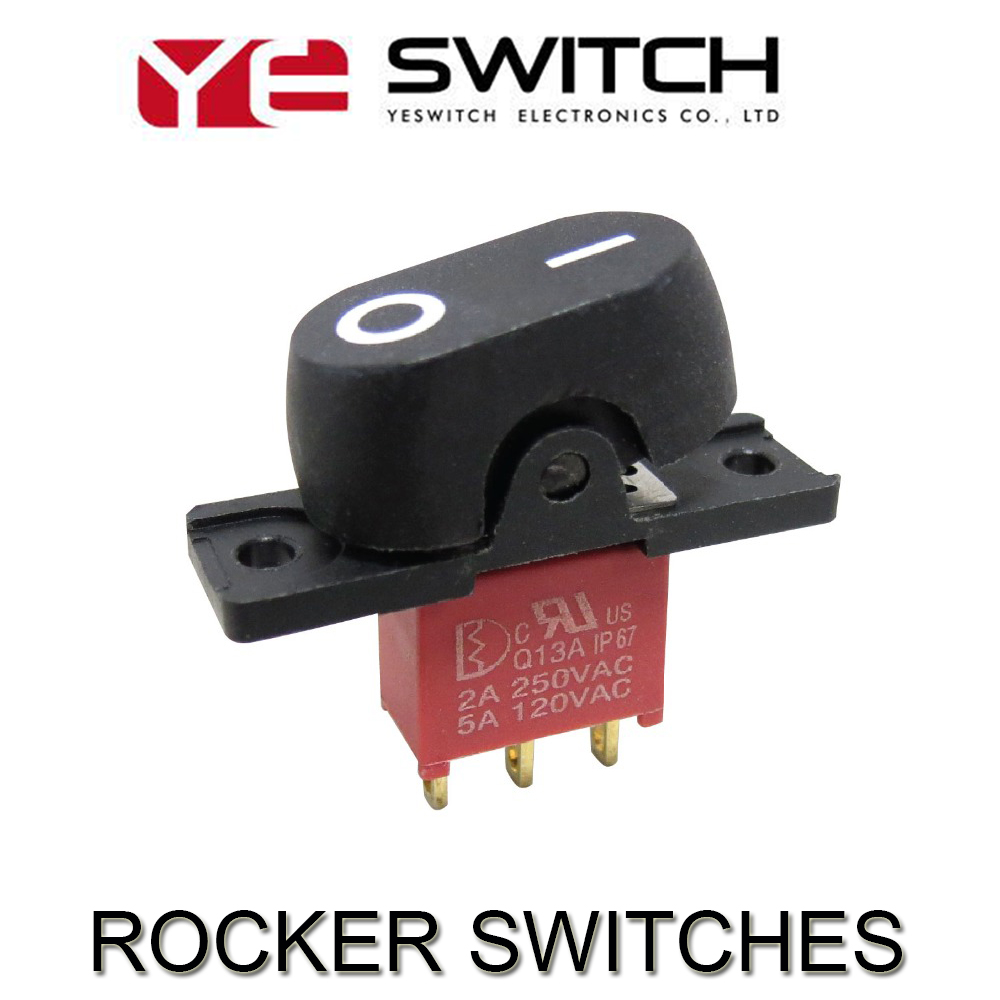The ability of visible light to pass through when it is snowing, raining, and fogging is reduced. Therefore, such bad weather poses a great threat to traffic safety. When visible light travels through snowflakes, raindrops, and droplets, its visibility is greatly affected by scattering and absorption. Some research institutes have done research and given some characteristics and conclusions about the transmission of visible light under these severe weather conditions.
For visible light propagating in a foggy environment, Bobsy Arief KURNIAWAN measured the human eye's response to LED brightness at different fog concentrations and droplet sizes. He used four colors of red, yellow, blue and green, and the color between each of the two colors, which formed twelve colors of light for experimentation, and concluded that red and yellow and red and blue light had the highest brightness when passing through the fog. At the same time, blue light has the worst visibility in dense fog. In the rainy and snowy environment, most of the research focused on the choice of yellow and white light. It is generally believed that yellow light is better than white light because the glare caused by yellow light at the same brightness is not as severe as white light. This common-sense understanding was confirmed by John D. Bullough's research. He concluded that under the same light intensity, yellow light is less affected by backscattering than white light, and thus the glare is small [2,3] .
As a preliminary study of the propagation characteristics of visible light in severe weather conditions, the experiments described in this paper focus on the propagation of visible light in the fog. Unlike the experiment by Bobsy Arief KURNIAWAN, this experiment used four monochromatic LEDs as the light source, which avoided the metamerism that may occur in Bobsy's method. The experiment used a humidifier to generate fog, and measured the illuminance attenuation of four monochromatic LEDs at different fog concentrations. The concentration of the fog is described by the illuminance attenuation value of a white LED at the corresponding concentration. The monochromatic visible light with the best fog permeability is obtained by the illuminance decay curve. This experiment analyzes the penetration characteristics of monochromatic visible light to fog from a quantitative perspective. The experimental conclusion has certain guiding significance for the choice of road lighting equipment.
2. Experimental methods
2.1 experimental device
Fig. 1 System setup of the experiment in side view
As shown in Figure 1, 1 is the light source, 4 single-color LEDs are 1W; 2 is the fog box, length 30cm, width 37cm, height 32cm, inner surface is black; 3 is humidifier, different through 22 gears Fog; 4 is the connecting pipe, the fog generated by the humidifier is passed into the fog box; 5 is the probe, facing the light source; 6 is the illuminometer, used to collect the illuminance value.
   2.2 Experimental conditions
In order to prevent external light from affecting the experimental results, the whole experiment was carried out in a dark room. At the same time, the doors and windows of the laboratory are tightly closed to prevent interference from the outside airflow. The laboratory is kept at a constant temperature of 25 °C.
The most important part of the experiment was the simulation of the fog in the laboratory. Since the experimental requirements for fog are uniform, stable, and the concentration can be adjusted more conveniently, the experiment cannot be carried out outdoors in fog, and fog must be artificially sprayed in the laboratory. The experiment uses a mist of water sprayed from a humidifier to simulate fog in nature. The fog existing in nature obtained by most of the droplet sampling methods has a particle diameter ranging from 4 to 10 μm. The centrifugal humidifier can be used to produce a fine mist with a diameter of 5 μm [4], which is within the range of the natural mist particle size. In addition, the use of a centrifugal humidifier avoids the effects of high temperature water mist from the steam humidifier on the gauge probe.
The peak wavelength and half-wave width of the characteristic parameters of the four monochromatic LEDs used in the experiment were obtained by spectrometer, which were: red LED (λp=625nm, FWHM=50nm), yellow LED (λp=594nm, FWHM=13nm), green LED (λp=514 nm, FWHM=45 nm), blue LED (λp=459 nm, FWHM=22 nm). The experiment measured the transmitted illuminance of each monochromatic LED at different fog concentrations.
2.3 Experimental process
In this experiment, different concentrations of fog are generated through the six gear positions of the humidifier (0, 10, 12, 14, 16 and 18), and the fog concentration rises as the gear increases.
First, the red LED is illuminated under the condition of no fog, and the illuminance value at this time is measured by the illuminance meter as the initial illuminance. Turn on the humidifier for two minutes at a specific gear. After the humidifier was turned off for 10 seconds, the fog was substantially evenly distributed in the mist permeable box, and the illuminance value at this time was measured as the illuminance of the red LED at this concentration. The ratio of the illuminance to the initial illuminance is the transmittance. Wait for a while, when the mist in the fog box is dissipated, change the humidifier gear position and repeat the above experiment. The above process is repeated for each color of the LED. The average of three experiments was taken as the final result.
2.4 Characterization of fog concentration
In this experiment, the concentration of fog is defined by the transmittance of a white LED (λp = 492 nm, Tc = 6000 K) at the fog concentration of the corresponding gear. That is to say, the transmittance value of the white LED characterizes the concentration value of the corresponding fog environment. The transmittance of white LEDs is obtained by the same method as the transmittance of the other four monochromatic LEDs. The white light transmittances in the 0 (no fog), 10, 12, 14, 16 and 18 positions are shown in Table 1.
Table 1 Transmittance of white LEDs in different gear positions
Table.1 Transmission factor of white LED under different levels
| Gear position | 0 file | 10 files | 12 files | 14 files | 16 files | 18 files |
Transmission rate | 100% | 75.9% | 51.2% | 22.8% | 10.1% | 5.9% |
Accordingly, the concentration of fog in the 0 (no fog), 10, 12, 14, 16 and 18 gears can be described as 100%, 75.9%, 51.2%, 22.8%, 10.1%, 5.9%.
3. Experimental results
The transmittances of the four monochromatic LEDs were obtained at 100%, 75.9%, 51.2%, 22.8%, 10.1%, 5.9% fog concentration. The average of three replicate experiments was taken as shown in Table 2.
Table 2 Transmittance of four monochromatic LEDs at different fog concentrations
Table.2 Means of transmission factors of four monochrome LEDs
100% | 75.9% | 51.2% | 22.8% | 10.1% | 5.9% | |
red | 1 | 0.7995 | 0.5473 | 0.2288 | 0.0621 | 0.0387 |
yellow | 1 | 0.9629 | 0.6717 | 0.2934 | 0.0902 | 0.0429 |
green | 1 | 0.7576 | 0.5036 | 0.1955 | 0.0670 | 0.0308 |
blue | 1 | 0.7421 | 0.5084 | 0.2175 | 0.0633 | 0.0286 |
Based on Table 2, a curve showing changes in transmittance of four monochromatic LEDs as a function of fog concentration can be obtained. As shown in Figure 2.
Figure 2 Monochromatic light transmittance curve at different fog concentrations
Fig.2 Curves of fog transmission factors through different fog densities
In Fig. 2, the abscissa is the fog concentration expressed by the transmittance of the white LED, and the ordinate is the transmittance of the four monochromatic LEDs. It can be seen from Fig. 2 that as the fog concentration increases, the transmittance of the four monochromatic LEDs gradually decreases. At any concentration, the yellow LED has the highest transmittance, followed by the red LED. Blue and green LEDs have low transmission.
4. Conclusion and discussion
   In this experiment, the penetration of four monochromatic LEDs under different fog concentrations was measured. It was found that the fog-passing performance of monochromatic LEDs also decreased with the increase of fog concentration, but the degree of decline was not the same. The four kinds of monochromatic light have the best fog penetration performance at any concentration, followed by red light. The worst fogging is green and blue light.
This conclusion further validates the previous relevant research results, that is, the yellow light component has better fog permeability. At the same time, this experiment shows that the visible light component with poor fog permeability is blue light and green light. This conclusion is slightly different from the conclusion of Bobsy Arief KURNIAWAN. One of the reasons for the different conclusions may be due to the different spectra of the blue light used in the two experiments.
In a foggy environment, the decrease in visible light transmission is a result of a decrease in contrast. People can see things, not based on the absolute brightness of the things themselves, but on the contrast between things and the surrounding environment. The presence of fog reduces the extent of this contrast, and the higher the concentration of fog, the lower the degree of contrast. Therefore, people in the fog are not so easy to see things around.
This experiment is only a preliminary study on the transmission of visible light under severe weather conditions. Although the mist produced by the humidifier is not the same as the natural fog in the composition and droplet size and spatial distribution, it can still reflect the transmission of monochromatic light in a large amount of water vapor condensation environment to some extent. The following is a rainy or humid environment. Further research will focus on snow and rain conditions, with a view to the conclusion that the research will provide some guidance for the choice of road lighting equipment, thus improving road traffic safety under severe weather conditions.
Rocker Switches is also called a boat switch, an IO switch, and a power switch. The structure of the rocker switch is the same as that of a Toggle Switches and Slide Switches, except that the handle of the rocker is replaced by a ship. This On Off Rocker Switches often used as the power switch of electronic equipment. Its contacts are divided into single-pole single-throw and double-pole double-throw, and some switches also have indicator lights.

It is a household circuit switch hardware product. Custom Rocker Switches are used in drinking fountains, treadmills, computer speakers, car batteries, motorcycles, plasma TVs, coffee pots, plugs, massage machines, etc., involving commonly used household appliances.

It can divided into Momentary Rocker Switch and square Rocker switches with plastic material,second two-foot boat switch, second three-legged boat switch, three-speed three-legged boat switch, three-speed six-legged boat switch, two-speed six-legged boat switch , round boat switch, square boat switch.
Rocker Switches
Rocker Switches,Round Rocker Switch,Marine Rocker Switches,On Off Rocker Switches,Waterproof Rocker Switch
YESWITCH ELECTRONICS CO., LTD. , http://www.yeswitches.com